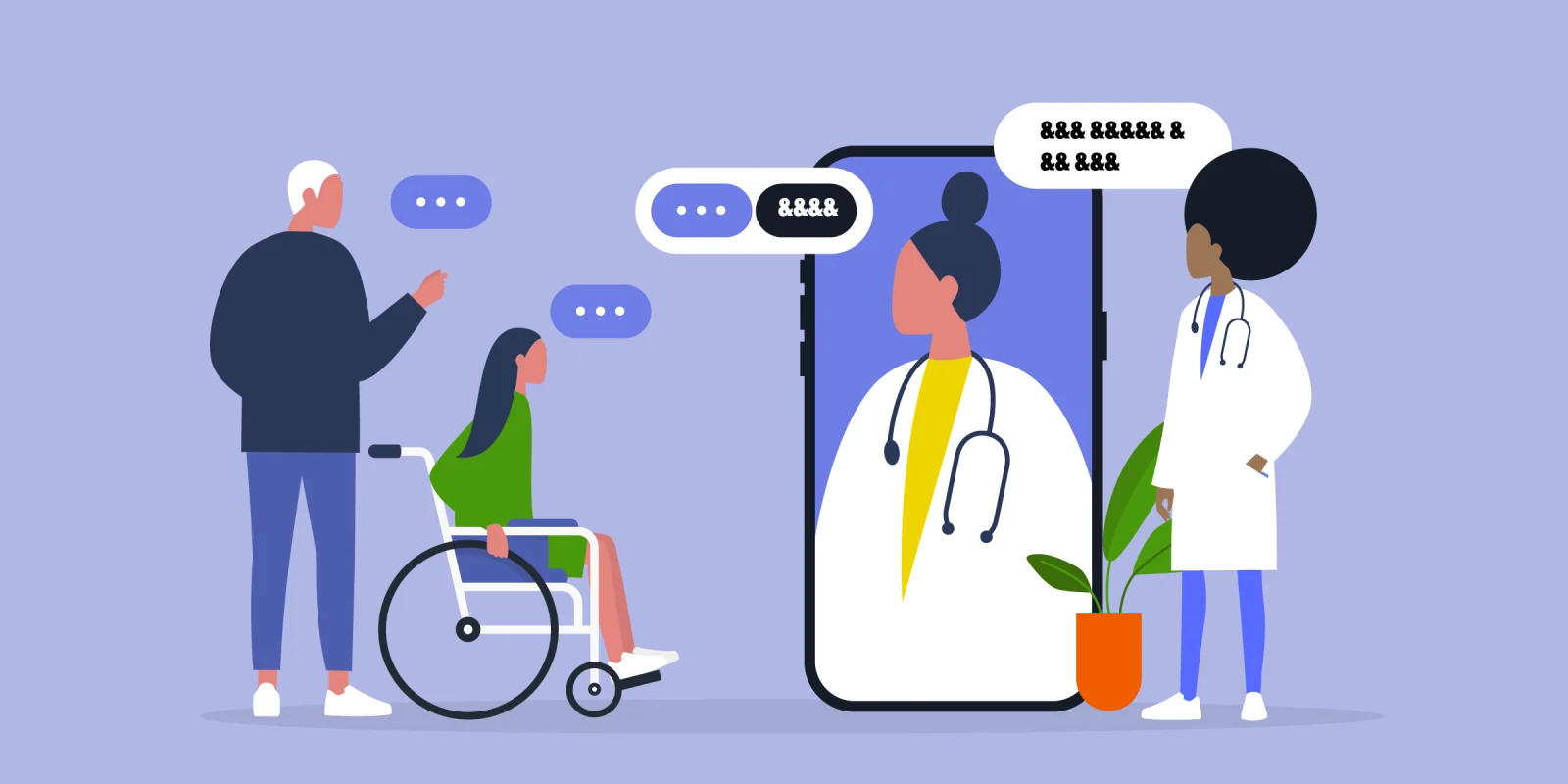“Does anyone in your family have cancer?”
“Mamá, ¿alguien en nuestra familia tiene cáncer?”
I could not follow his Spanish, but immediately recognized a change in his inflection.
That’s when I knew I was doing the wrong thing. I was talking to a 13-year-old older brother and his mother about her 3-year-old daughter’s hospitalization. Her mother only spoke Spanish, but he was bilingual. He insisted he wanted to translate this conversation, and I obliged much too easily.
“She says some of my uncles died from lung cancer, but they smoked cigarettes.”
In hindsight, I should have stopped the interview right there and insisted I call for an interpreter. Instead, I continued asking questions to a boyish teenager who dutifully carried a conversation between me and his worried mother while his sister cried.
It is tempting to accept help from an eager family member willing to translate. They are right there. It’s a way for them to feel helpful. Who better to help communicate than someone who knows the patient well?
That’s what I thought too. And yet, the guilt I felt after asking that 13-year-old boy to serve as an interpreter made me realize that perhaps relying on him to translate wasn’t the best course of action. I resolved to research the issue, and came to realize that asking children to serve as ad hoc interpreters for patients with limited English proficiency (LEP) is not only harmful to the patient’s clinical course, it is also unfair to the child.
Caring for patients with LEP is not a new challenge, nor is it going anywhere. There are more than 25 million LEP people in the U.S. and more than 60 million people speak more than one language at home.
Speaking through a translator asks for a leap of faith. It requires trust that each message is conveyed accurately and no communication is lost through the third party. When compared to certified medical interpreters, ad hoc interpreters commit twice as many errors. Similar to how native English speakers may struggle with medical vocabulary, bilingual peoples’ language proficiency may not extend into medical-ese. Certified interpreters are not just bilingual. They have completed medical interpreter training and passed certification exams. Their services facilitate a more accurate conversation and reduce the risk for clinically significant medical errors.
More importantly, asking children to serve as interpreters poses a burden. Children with LEP parents carry a near daily responsibility to serve as a language broker. This ranges from answering home telephone calls to discussing the family’s finances with banks. While it can feel like just another setting, hospitals can carry additional emotional weight.
An interpreter ideally remains impartial and shares each party’s words accurately. Requesting a child to interpret asks them to assume a detached role, which is near impossible when they are likely emotionally invested. Translating also forces children to step outside of their parent-child dynamic. It may inadvertently lead them to disclose difficult news or explore sensitive topics that can extend beyond their understanding. They may learn aspects of their parents’ medical history and future through a stranger, rather than from their parents. While many have become accustomed to this role, the stress of serving as the constant translator accumulates, and puts these children at greater risk for anxiety and depression in adolescence and young adulthood. Medical interpretation is emotionally taxing even for third-party professionals who do not know the patient. It carries more weight than simply relaying words.
A power dynamic exists between clinicians and patients in the hospital. An even greater gap exists between clinicians and children supporting LEP parents. Even if posed as a question of willingness, it is inappropriate to ask a child to translate when certified translation is an option. The convenience is often selfish, and ignores the hidden cost to the child. It’s a lesson that is shamefully clear for me now.
It is not groundbreaking to say that proper use of interpreters for patients with LEP helps improve patient care. Implementation is harder. Time and effort are finite resources. Wait times to connect to interpreters remain a barrier. COVID-19 has also reduced the number of in-person interpreters available. In a health care system where efficiency is gold, connecting to interpreters demands intrinsic motivation over response to external efficiency rewards. These decisions come with social costs as well. Telling a bilingual family member that a phone or video interpreter is preferred to their abilities can be uncomfortable. It can challenge the rapport building between clinician, patient, and family from the onset.
Phone-interpreters are far from perfect. The extra minutes it takes to connect to an interpreter feel like hours when a willing ad hoc interpreter is right there in the room. That being said, using a certified interpreter is ultimately the correct decision for both the patient, clinician, and family. The patients’ clinical outcomes improve. Clinicians guide care with consistently effective communication. Children continue serving the critical role for which they are best suited: supporting their loved one.
Have you ever witnessed something in the clinic setting that you thought was wrong, and worked to correct it?
Nishant Pandya, MD, MPH is a pediatrics resident at Yale.
Image by nadia_bormotova / Getty






